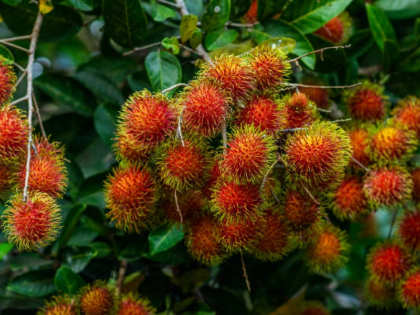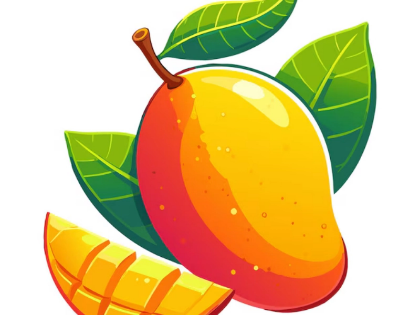Rambutan in Traditional Medicine: Ancient Wisdom
Native to Southeast Asia, the tropical fruit rambutan is prized in traditional medicine in addition to for its distinctive taste and look. For millennia, people have utilised this vivid fruit—which has hairy outside and juicy inside—to cure several diseases and boost general health. The historical relevance of ramboutan in traditional medicine, its therapeutic qualities, and the several uses it has been applied for across many civilisations will be discussed in this page.
Rambutan's historical importance
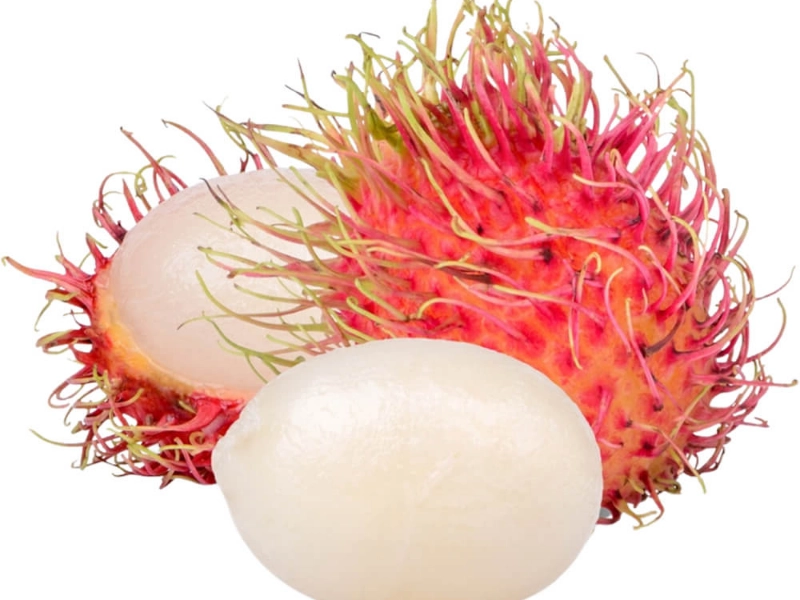
Rambutan's Medicinal Attributes
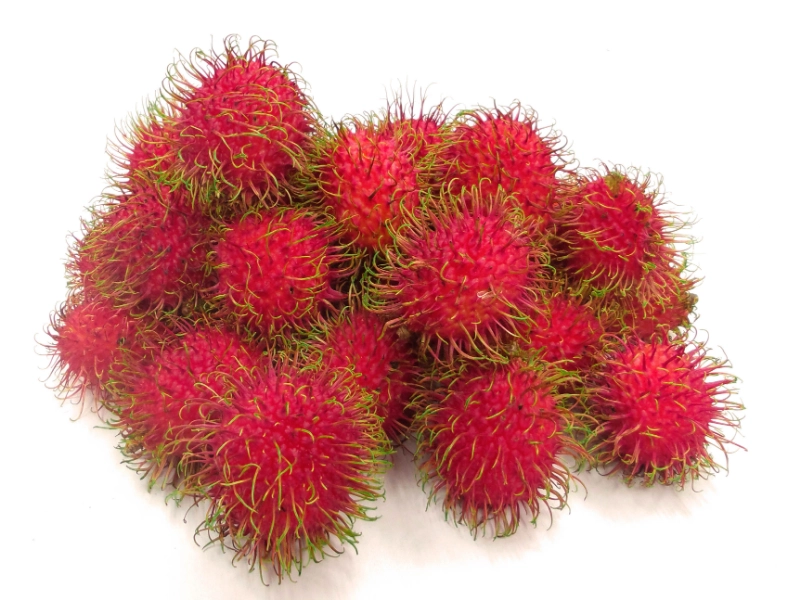 Essential nutrients and bioactive elements abound in rambutan, which also has therapeutic qualities from these components. Rich in vitamin C, antioxidants, and fibre, the fruit is a great way to strengthen the immune system and advance digestive health. It is well known that vitamin C strengthens immune system and guards the body against infections.
Furthermore included in rambutan are several phytochemicals with anti-inflammatory and antibacterial action, including tannins and flavonoids. These substances can fight oxidative stress and inflammation, therefore promoting general health and well-being. Using its inherent medicinal qualities, traditional healers can cure ailments including fever, diarrhoea, and skin irritations with rambouts. The fruit's adaptability to several health problems emphasises its significance in conventional treatment.
Essential nutrients and bioactive elements abound in rambutan, which also has therapeutic qualities from these components. Rich in vitamin C, antioxidants, and fibre, the fruit is a great way to strengthen the immune system and advance digestive health. It is well known that vitamin C strengthens immune system and guards the body against infections.
Furthermore included in rambutan are several phytochemicals with anti-inflammatory and antibacterial action, including tannins and flavonoids. These substances can fight oxidative stress and inflammation, therefore promoting general health and well-being. Using its inherent medicinal qualities, traditional healers can cure ailments including fever, diarrhoea, and skin irritations with rambouts. The fruit's adaptability to several health problems emphasises its significance in conventional treatment.
Applications in Conventional Remedies
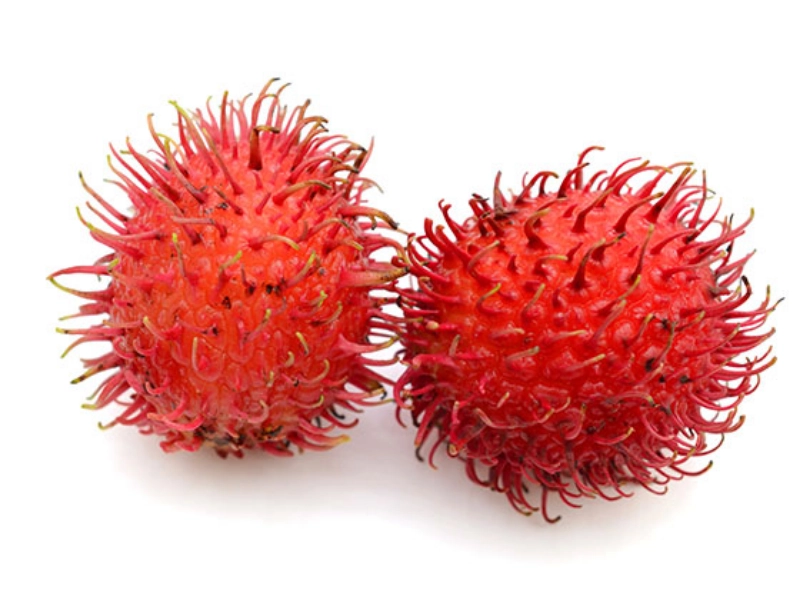 Different portions of the rambutan tree are used therapeutically in traditional medicine. For instance, the leaves are widely used in poultices to treat skin disorders and lower inflammation or brewed into teas. These herbal concoctions are supposed to repair damaged skin and calm irritation.
Another useful element in traditional treatments is the ramboutan tree's bark. Usually cooked to make a decoction used to treat stomach pains and diarrhoea, it is This way of applying the bark emphasises the whole concept of conventional medicine, in which several diseases are treated with different portions of the same plant.
Furthermore, occasionally the seeds of the rambutan fruit are ground into a powder and applied in conventional respiratory diseases treatment. This multifarious application of the ramboutan tree reflects the knowledge of old medicinal techniques, in which nature offers a complete solution for wellness and health.
Different portions of the rambutan tree are used therapeutically in traditional medicine. For instance, the leaves are widely used in poultices to treat skin disorders and lower inflammation or brewed into teas. These herbal concoctions are supposed to repair damaged skin and calm irritation.
Another useful element in traditional treatments is the ramboutan tree's bark. Usually cooked to make a decoction used to treat stomach pains and diarrhoea, it is This way of applying the bark emphasises the whole concept of conventional medicine, in which several diseases are treated with different portions of the same plant.
Furthermore, occasionally the seeds of the rambutan fruit are ground into a powder and applied in conventional respiratory diseases treatment. This multifarious application of the ramboutan tree reflects the knowledge of old medicinal techniques, in which nature offers a complete solution for wellness and health.
Cultural Traditions Around Rambutan
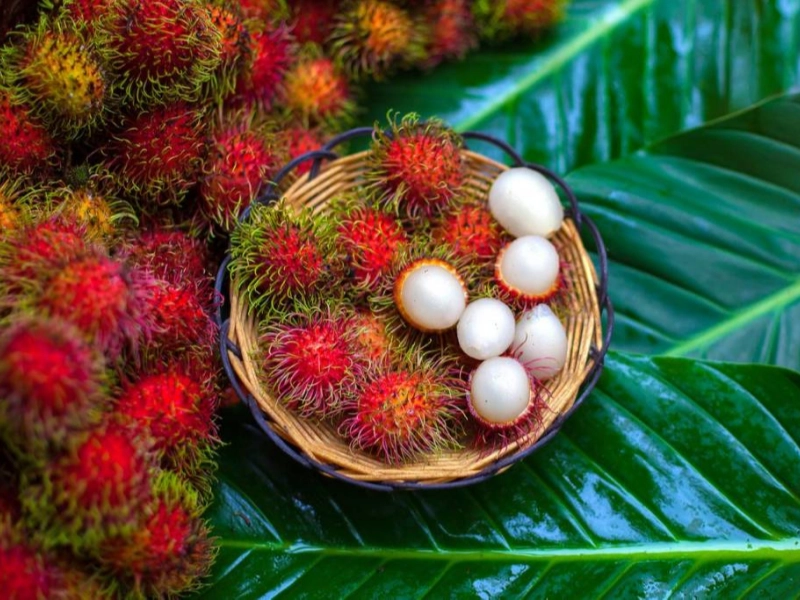 Deeply ingrained in Southeast Asian cultural customs, rambutan is praised not just for taste but also for its therapeutic properties. Many communities have their fruit picked during particular seasons and frequently shared during family get-togethers and festivals. This exercise helps one to develop a feeling of community and a link to their cultural background.
Reflecting its importance in spiritual activities, rambutan is occasionally included into offerings to gods or ancestors in conventional healing rites. A beloved emblem of plenty and health, the fruit's vivid look and sweet taste appeal. Understanding these cultural customs helps us to see how rambutan is incorporated into the daily life of people in these areas, therefore stressing its significance outside simple ingestion.
Deeply ingrained in Southeast Asian cultural customs, rambutan is praised not just for taste but also for its therapeutic properties. Many communities have their fruit picked during particular seasons and frequently shared during family get-togethers and festivals. This exercise helps one to develop a feeling of community and a link to their cultural background.
Reflecting its importance in spiritual activities, rambutan is occasionally included into offerings to gods or ancestors in conventional healing rites. A beloved emblem of plenty and health, the fruit's vivid look and sweet taste appeal. Understanding these cultural customs helps us to see how rambutan is incorporated into the daily life of people in these areas, therefore stressing its significance outside simple ingestion.
Modern Uses of Rambutan
Rambutan is becoming more and more important in contemporary herbal therapy as natural therapies and holistic health attract increasing interest. Scientists are looking at the fruit's, leaves', and seeds' active components as well as possible health advantages. Scientific research has started to support the conventional usage of ramboutan, therefore bridging ancient knowledge with modern medical approaches. Apart from its therapeutic value, rambutan is becoming more and more important in health supplements and cosmetic goods. High antioxidant content of the fruit makes it a common component in skincare products since it promotes good skin and fights ageing effects. This modern use follows a larger trend of incorporating ancient components into current wellness and health goods.
Eco-friendly Methods in Rambutan Agriculture
Growing demand for rambutan makes sustainable farming methods ever more vital. Emphasising peace with nature, traditional agricultural techniques help to guarantee that rambutan farming does not damage the surroundings. Organic methods are urged of farmers so as to reduce chemical use and support biodiversity. Apart from improving the surroundings, sustainable farming helps the fruit to be of better quality. Maintaining healthy ecosystems helps farmers to guarantee rambutan's medicinal and nutritional qualities. Supporting local sustainable farmers also helps to maintain traditional knowledge and practices, therefore ensuring that the wisdom of old medicine is still applicable in the contemporary society.
The Medical Future of Rambutan
Rambutan's future in both traditional and modern medicine seems bright as demand in natural medicines keeps growing. Constant investigation on its health advantages might result in fresh uses and a better knowledge of its therapeutic qualities. current science combined with old wisdom can open the path for creative health solutions honouring traditional methods while embracing current knowledge. Ultimately, rambutan is more than just a great fruit; it's a treasure of centuries-passed traditional knowledge and therapeutic qualities. Examining its historical relevance, medical applications, and cultural traditions helps us to value rambutan's part in traditional medicine as well as its future ability to support our health and well-being.




